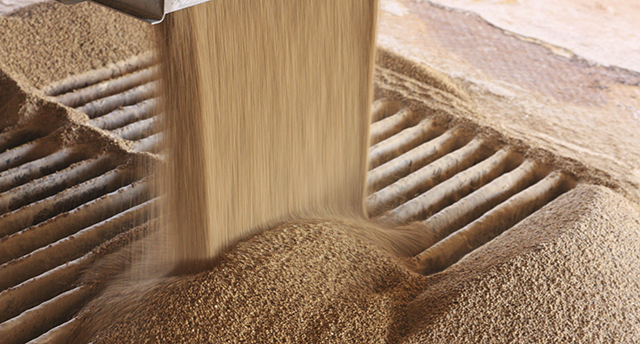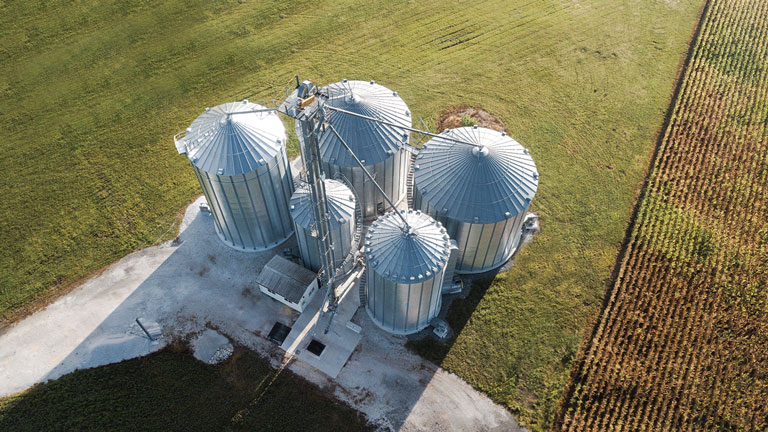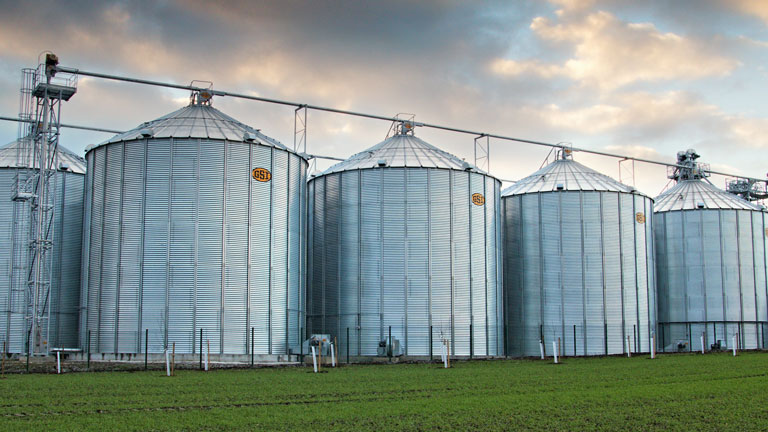Back in the eighties, some farmers in the Midwest started raising a concern - if they left corn to dry down in the field, they were losing yield. And not just the normal change in weight due to moisture. They felt like they were losing actual, dry matter yield.
Academia started catching it in the mid-nineties. Researchers at Purdue University started pulling together the data to show what was happening. Basically, after black layer, as corn makes the change from an unfinished kernel to a finished seed, the corn itself consumes part of the kernel’s dry matter.
Here’s the journey a corn plant takes to arrive at phantom yield loss: Once you hit black line, corn stops all water movement and stops allowing nutrients into the kernel. It does translocate some of the nitrogen, which leads to a negligible amount of dry matter lost. But the major thing happening is that the kernel is trying to create the coleoptile - the vegetative plant tissue that fuels a corn seedling during germination - and produce a next generation of corn. And in order to do that, the seed has to consume some of that dry matter. That’s what’s happening in each corn plant as the moisture is moving from around 30 down to 15 percent.
As yield monitors became more popular, phantom yield loss during drydown became a lot easier to see. Farmers might enter a field at 27 percent moisture seeing 200 bushel yields, have to leave for one reason or another and come back around 17 percent moisture and find their yields 5-7 percent lower - and that’s after accounting for the moisture content.
The story isn’t as substantial for soybeans, but wheat experiences the same issue as corn. In this case, not only does early harvest allow wheat to hold onto its dry matter yield, but in areas where farmers double crop into beans, harvesting wheat earlier provides for a wider soybean planting window - and a little breathing room for farmers already in a time crunch.
It’s a solid argument in the case for an earlier harvest, because, quite frankly, harvesting early could help you protect your yield.
Mechanical losses can also be lessened through earlier harvest. Data from Mississippi State University shows that combine losses are the lowest - around 1-3 percent - when corn is at 26 percent moisture. But as grain dries down, these losses increase as well. With corn at 15 percent moisture, losses of 10-15 percent are common. Much of this can be attributed to ears snapping off the stalk or to corn shelling the header.
Sidenote: Today’s corn hybrids are selected specifically for their ability to dry down faster than ever before. Phantom yield loss can be a tough phenomenon to catch, but it’s important to note that many seed companies aim to harvest their plots closer to 25 percent and adjust weight for moisture. This lets them take advantage of minimal mechanical and/or invisible loss.
What about the Cost of Drying Grain?
In the early eighties, it was easy to make the case against drying your grain - back then it cost 18 percent of your value to get it done. But today, with higher efficiency dryers and lower prices on LP, harvesting earlier and drying grain is a direct way to enhance your profitability. In fact the cost to dry today is closer to 2.4 percent of value - a significant improvement.
Early Harvest Makes Farming a Little Easier
By getting in the field just a little earlier, farmers can minimize the chance of invisible loss caused by corn drying down in the field and can lessen the chance of mechanical loss from the combine. Early harvest can also widen the harvest window, meaning less stress on people and the possibility of needing fewer trucks, combines and other harvest equipment to get the job done. Sometimes, it can open up the opportunity to take advantage of early harvest premiums that may be available in your area.
Is harvesting early right for your operation? Contact your local GSI dealer to see how on-farm storage can help you take advantage of early harvest benefits.















